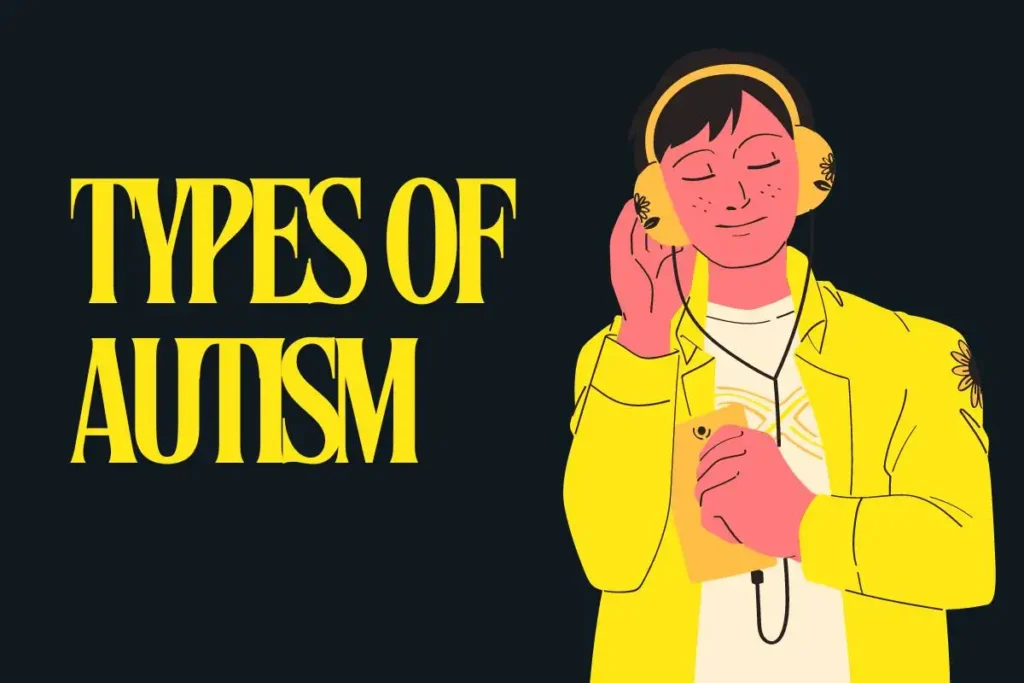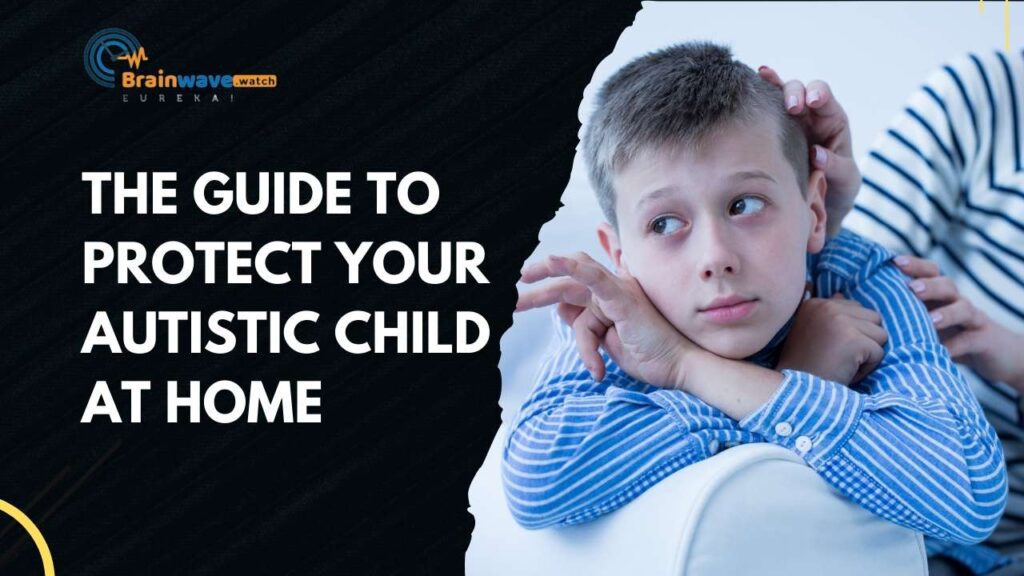Autism Spectrum Disorder (ASD) is a developmental disorder that affects communication, social interaction, and behavior. According to the National Institute of Mental Health (NIMH), ASD is a neurological condition that can cause significant impairment in daily functioning. The DSM-5, the diagnostic manual used by mental health professionals, defines ASD as a spectrum disorder because it encompasses a range of symptoms and severity levels.
Spectrum Concept
The spectrum concept of ASD recognizes that individuals with the disorder may exhibit a wide range of symptoms and abilities. The severity and combination of symptoms can vary widely from person to person. Some individuals with ASD may have difficulty with social interaction, while others may have repetitive behaviors or intense interests. The spectrum also includes individuals with different levels of intellectual functioning, from those with severe intellectual disability to those with above-average intelligence.
Prevalence and Statistics
ASD is a relatively common disorder, with an estimated prevalence of 1 in 54 children in the United States, according to the Centers for Disease Control and Prevention (CDC). It is more common in boys than girls, with a male-to-female ratio of about 4:1. The prevalence of ASD has increased in recent years. Still, it is unclear whether this is due to increased awareness and diagnosis or to an actual increase in the number of cases.
Diagnostic Criteria and Spectrum Levels
Autism Spectrum Disorder (ASD) is a neurodevelopmental disorder that affects communication, social interaction, and behavior. The diagnosis of ASD is based on the criteria outlined in the Diagnostic and Statistical Manual of Mental Disorders, Fifth Edition (DSM-5). The DSM-5 criteria for ASD are:
- Persistent deficits in social communication and social interaction across multiple contexts, as manifested by the following, currently or by history:
- Deficits in social-emotional reciprocity
- Deficits in nonverbal communicative behaviors used for social interaction
- Deficits in developing, maintaining, and understanding relationships
- Restricted, repetitive patterns of behavior, interests, or activities, as manifested by at least two of the following, currently or by history:
- Stereotyped or repetitive motor movements, use of objects, or speech
- Insistence on sameness, inflexible adherence to routines, or ritualized patterns of verbal or nonverbal behavior
- Highly restricted, fixated interests that are abnormal in intensity or focus
- Hyper- or hyporeactivity to sensory input or unusual interest in sensory aspects of the environment
- Symptoms must be present in the early developmental period (typically recognized in the first two years of life).
- Symptoms cause clinically significant impairment in social, occupational, or other important areas of current functioning.
- These disturbances are not better explained by intellectual disability (intellectual developmental disorder) or global developmental delay. Intellectual disability and autism spectrum disorder frequently co-occur.
The DSM-5 also includes three levels of severity in ASD, which are based on the amount of support an individual requires:
Level 1: Requiring Support
Individuals with Level 1 ASD require some support in social communication. They may have difficulty initiating social interactions and appear awkward or uninterested in others. They may also have trouble with transitions and may require support in adapting to new situations.
Level 2: Requiring Substantial Support
Individuals with Level 2 ASD require substantial support in social communication. They may have limited social interactions and may appear uninterested in others. They may also have difficulty with changes in routine and may require support in adapting to new situations.
Level 3: Requiring Very Substantial Support
Individuals with Level 3 ASD require very substantial support in social communication. They may have minimal social interactions and may appear unresponsive to others. They may also have difficulty with changes in routine and may require significant support in adapting to new situations.
It is important to note that the severity level is based on the amount of support an individual requires, and not on the individual’s intelligence or ability to perform activities of daily living.
Types of Autism Spectrum Disorder
Autism Spectrum Disorder (ASD) is a developmental disorder that affects a person’s ability to communicate, socialize, and behave appropriately. Different types of ASD are characterized by varying symptoms and severity levels.
1. Asperger’s Syndrome
Asperger’s Syndrome is a type of ASD that is characterized by difficulties in social interaction, communication, and repetitive behaviors. People with Asperger’s Syndrome may have average or above-average intelligence but may struggle with social cues, making friends, and may have difficulty with nonverbal communication.
2. Childhood Disintegrative Disorder
Childhood Disintegrative Disorder is a rare type of ASD that is characterized by a significant regression in development after a period of normal development. Children with this disorder may lose skills such as language, social interaction, and play skills.
3. Rett Syndrome
Rett Syndrome is a rare genetic disorder that primarily affects girls. It is characterized by a loss of acquired skills, such as language and motor skills, and a slowing of head growth. People with Rett Syndrome may also have breathing problems, seizures, and scoliosis.
4. Kanner’s Syndrome
Kanner’s Syndrome, also known as classic autism, is a type of ASD that is characterized by significant delays in language development, social interaction, and repetitive behaviors. People with Kanner’s Syndrome may have difficulty with nonverbal communication, may avoid eye contact, and may have difficulty with changes in routine.
5. Pervasive Developmental Disorder-Not Otherwise Specified (PDD-NOS)
Pervasive Developmental Disorder-Not Otherwise Specified (PDD-NOS) is a type of ASD that is characterized by some, but not all, of the symptoms of other types of ASD. People with PDD-NOS may have difficulty with social interaction, communication, and repetitive behaviors, but may not meet the criteria for a specific type of ASD.
The diagnostic criteria for ASD have changed in recent years, and the specific types of ASD may not be used as frequently as they once were. However, understanding the different types of ASD can help individuals and families better understand their diagnosis and treatment options.
Co-occurring Conditions
Individuals with autism spectrum disorder (ASD) often experience co-occurring conditions that can make their lives more challenging. These conditions can range from physical health concerns to mental health issues. In this section, we will discuss some of the most common co-occurring conditions that individuals with ASD may experience.
Attention-Deficit/Hyperactivity Disorder (ADHD)
ADHD is a neurodevelopmental disorder that affects an individual’s ability to focus, stay organized, and control impulses. It is estimated that up to 50% of individuals with ASD also have ADHD [1]. Symptoms of ADHD can make it difficult for individuals with ASD to learn and communicate effectively. However, with the right treatment and support, individuals with ASD and ADHD can still lead fulfilling lives.
Sensory Processing Issues
Sensory processing issues are common among individuals with ASD. These issues can cause individuals to be over or under-sensitive to certain stimuli, such as light, sound, touch, taste, and smell. Sensory processing issues can make it difficult for individuals with ASD to navigate their environment and can cause anxiety and stress. Occupational therapy and sensory integration therapy can help manage sensory processing issues.
Epilepsy
Epilepsy is a neurological disorder that causes seizures. Individuals with ASD are at a higher risk of developing epilepsy than the general population [2]. Seizures can be dangerous and can cause injury or death. It is important for individuals with ASD to be monitored for signs of epilepsy and to receive appropriate treatment if diagnosed.
Sleep Disorders
Sleep disorders are common among individuals with ASD. Studies have found that up to 80% of individuals with ASD have some form of sleep disturbance [3]. Sleep disorders can cause fatigue, irritability, and difficulty concentrating. It is important for individuals with ASD to establish a consistent sleep routine and to seek treatment if necessary.
Gastrointestinal (GI) Disorders
GI disorders, such as constipation, diarrhea, and gastroesophageal reflux disease (GERD), are more common among individuals with ASD than the general population [4]. GI disorders can cause discomfort, pain, and behavioral issues. It is important for individuals with ASD to receive appropriate treatment for GI disorders and to maintain a healthy diet.
In conclusion, individuals with ASD often experience co-occurring conditions that can make their lives more challenging. It is important for individuals with ASD and their families to be aware of these conditions and to seek appropriate treatment and support. With the right care, individuals with ASD can lead fulfilling lives.









